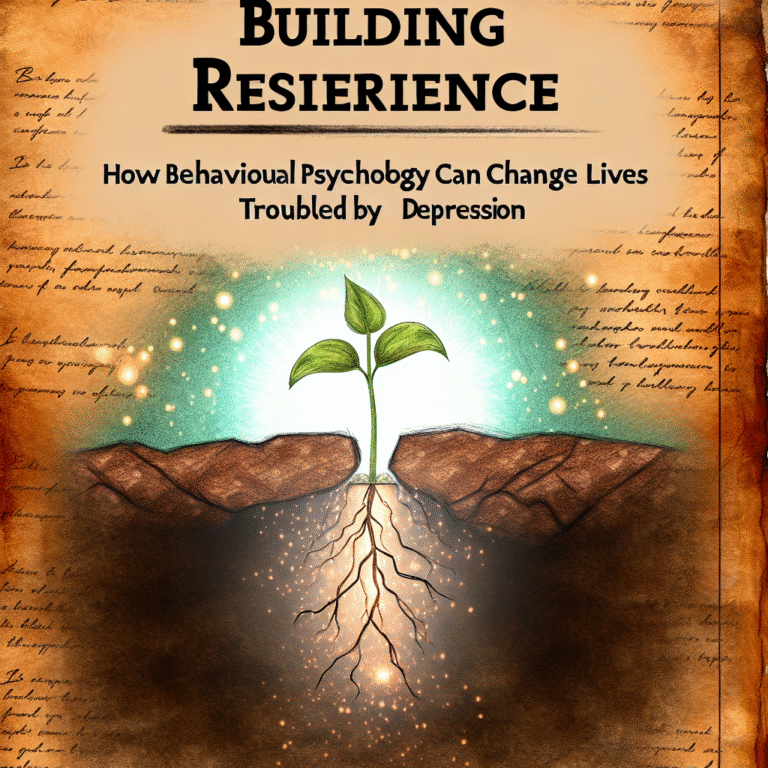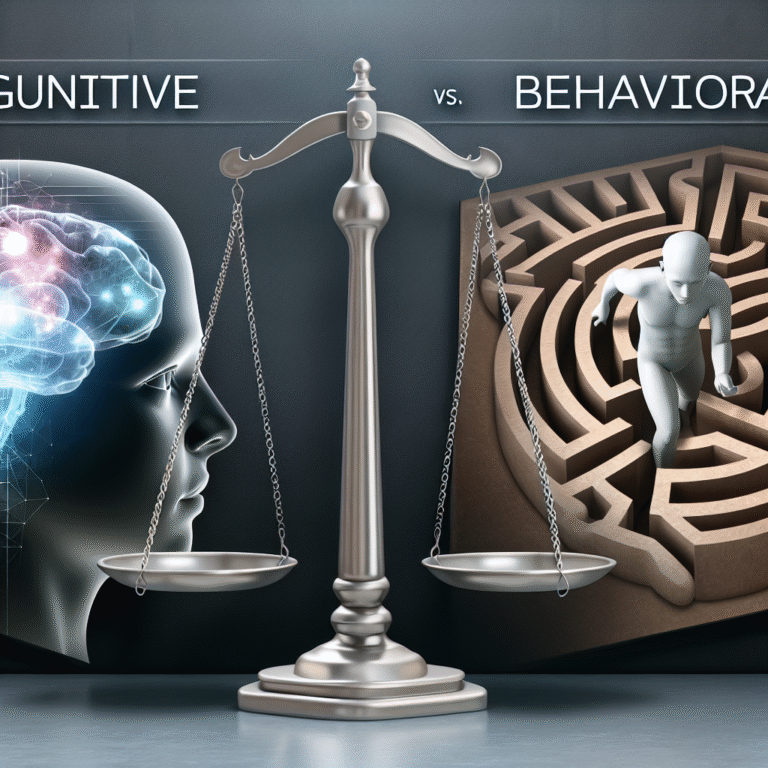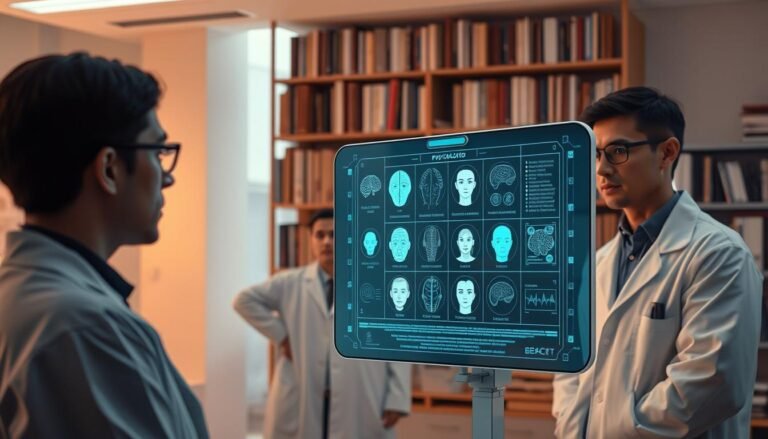
Behavioral Insights: Enhancing Learning Environments Through Psychological Principles
Introduction
Imagine stepping into a classroom where every student is engaged, every lesson is effective, and learning feels seamless. This transformative approach to education is not merely a dream; it embodies the essence of Behavioral Insights: Enhancing Learning Environments Through Psychological Principles. In a world where educational systems face unprecedented challenges, it is imperative to harness psychological principles to create environments that foster effective learning. By applying insights derived from behavioral science, educators can significantly influence student outcomes, enhance motivation, and facilitate a deeper understanding of subject matter.
As we unfold the layers of behavioral insights in educational settings, it becomes clear that the intersection of psychology and pedagogy is not just beneficial—it is essential. This article dives deep into how these principles can be effectively implemented in learning environments, backed by case studies and data, all centered around the crucial idea of Behavioral Insights: Enhancing Learning Environments Through Psychological Principles.
Understanding Behavioral Insights
Behavioral insights refer to the use of psychological theories and concepts to predict and influence human behavior. In the context of education, these insights can be vital in understanding how students learn, what motivates them, and how different environments affect their outcomes.
Key Psychological Principles in Education
Cognitive Load Theory: This principle suggests that individuals can only process a limited amount of information at one time. Educators should aim to reduce unnecessary cognitive load to enhance learning.
Growth Mindset: Pioneered by psychologist Carol Dweck, this concept emphasizes the importance of believing that abilities can be developed through dedication and hard work. Cultivating a growth mindset in students encourages resilience and perseverance.
Feedback Loop: Timely and constructive feedback can reinforce learning by guiding students on what they need to improve and affirming their strengths.
- Self-Determination Theory: This theory focuses on intrinsic motivation and its importance. When students feel autonomous and competent, their motivation and performance improve dramatically.
The Importance of Context in Learning
The context in which learning takes place can dramatically influence the effectiveness of educational strategies. By applying behavioral insights thoughtfully, educators can create an environment that resonates with students’ psychological needs.
Case Studies: Real-World Applications
Case Study 1: The Flipped Classroom Model
Setting: A high school in California.
Application: A traditional classroom model was transformed into a flipped classroom. Students watched lecture videos at home and engaged in hands-on activities during class time.
Behavioral Insight Used: Cognitive Load Theory.
Relevance: This shift reduced cognitive load during in-class activities and allowed for deeper learning engagement, resulting in a 30% increase in student test scores.
Case Study 2: Growth Mindset Workshops
Setting: An elementary school in New York.
Application: The school implemented workshops focusing on developing a growth mindset among students and teachers.
Behavioral Insight Used: Cultivating a growth mindset.
Relevance: The initiative led to improved student attendance and participation rates, as students started believing in their ability to grow and learn from mistakes.
| Case Study | Setting | Behavioral Principle | Outcome |
|---|---|---|---|
| Flipped Classroom Model | High School, California | Cognitive Load Theory | 30% increase in test scores |
| Growth Mindset Workshops | Elementary School, New York | Growth Mindset | Improved attendance/participation |
Enhancing Learning Environments: Practical Strategies
Creating a Positive Classroom Culture
A positive classroom environment is crucial for effective learning. Here are some strategies:
Set Clear Expectations: Clearly defined rules and expectations can reduce anxiety and enhance learning.
- Foster Inclusivity: Use group work and collaborative projects to create a sense of belonging among students.
Leveraging Technology
Technology can be a tremendous ally in applying behavioral insights.
Adaptive Learning Software: These platforms evaluate individual learning styles and adapt content accordingly, reducing cognitive overload.
- Gamification: Incorporating game design elements in learning material can increase motivation and engagement.
Encouraging Autonomy
Offering choices in assignments and projects can harness the principles of self-determination theory.
- Choice Boards: Allow students to select tasks that best suit their interests and learning styles, instilling a sense of ownership in their education.
The Role of Assessment in Behavioral Insights
Assessments can serve as powerful tools for implementing behavioral insights. Here’s how:
Formative Assessment: Regular, low-stakes assessments allow educators to gauge understanding and adjust teaching methods as needed.
Peer Feedback: Encouraging students to provide feedback to one another can enhance learning through collaborative engagement and reflection.
- Adaptive Testing: Utilizing assessments that adapt in difficulty based on student responses can help maintain an appropriate level of challenge, keeping students engaged.
Measuring the Impact of Behavioral Insights
To effectively assess the influence of behavioral insights on learning, educators must employ metrics that capture not only academic performance but also student engagement and well-being.
Key Metrics
Standardized Test Scores: Measure academic performance.
Surveys on Student Engagement: Collect data on students’ feelings of motivation and autonomy.
- Attendance Rates: A clear indicator of student interest and commitment.
Conclusion
In closing, Behavioral Insights: Enhancing Learning Environments Through Psychological Principles is not merely an academic concept; it is a call to action for educators. By understanding and applying these psychological principles, we can create significant improvements in educational effectiveness. Today, the integration of behavioral insights is more crucial than ever for shaping resilient learners who are ready to tackle the challenges of tomorrow.
As educators, let us harness the power of these insights to build enriched learning environments that unlock potential and inspire greatness in every student.
FAQs
1. What are behavioral insights?
Behavioral insights are derived from research in psychology and social sciences, focusing on understanding how people make decisions and learn, enabling more effective strategies in education and beyond.
2. How can teachers implement these principles in their classrooms?
Teachers can incorporate strategies such as reducing cognitive load, fostering growth mindset, using adaptive technologies, and creating a positive classroom culture to apply behavioral insights effectively.
3. What is cognitive load theory?
Cognitive Load Theory suggests that learners have a limited capacity for processing information. Reducing extraneous cognitive load can enhance understanding and retention.
4. Why is student autonomy important in learning?
When students have the freedom to choose how and what they learn, their intrinsic motivation increases, leading to higher engagement and better learning outcomes.
5. Can behavioral insights impact student motivation?
Yes, applying behavioral insights, such as fostering a growth mindset and creating inclusive learning environments, can significantly enhance student motivation and engagement.
By embracing Behavioral Insights: Enhancing Learning Environments Through Psychological Principles, educators can pave the way for transformative learning experiences that nurture lifelong learners. It is time to take action and elevate the educational journey for every student.
















